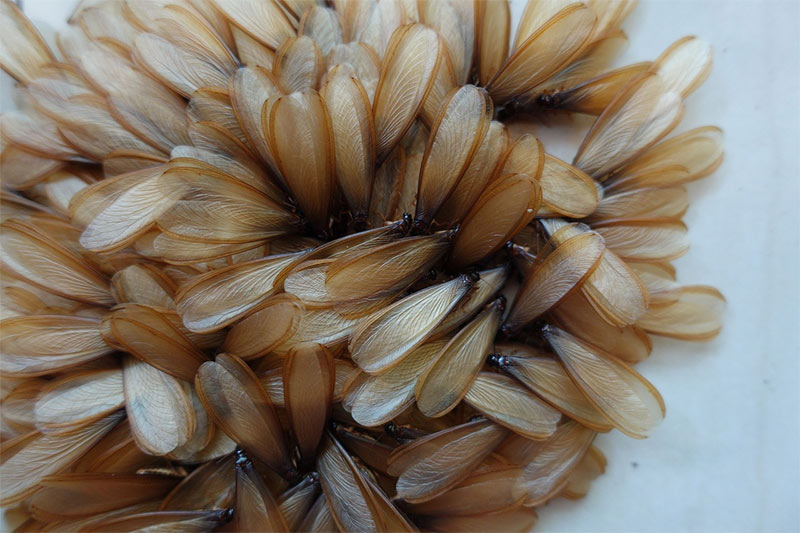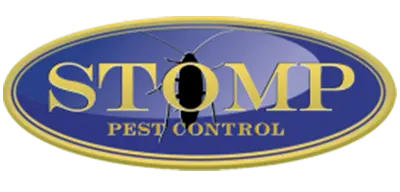
Termites are destructive pests, infiltrating homes and businesses, often undetected, and eating buildings from the inside out. What’s worse is that most people don’t even realize there is a problem until thousands of dollars in damage has already taken place. While termite damage can happen at any time of the year, the most likely time you will know you have an infestation or your home becomes infested is during “swarming season.” To help you get a better understanding of how termites behave so you can protect your home or business, we’re taking a closer look at when, where, and why termites swarm.
The Termite Caste System
First, we need a bit of background on termites in North Carolina. The termites here are subterranean, meaning they typically nest underground, building complex networks of mud tubes within the soil where they can often access a home around the foundation, door frames, or window frames. If a nest already exists in and around your home, there will be three distinct classes, or castes of termites:
- Soldiers – These have large jaws and are made to defend the nest, primarily against ants.
- Workers – They have smaller jaws than soldiers, and their role is to search and collect food for the colony and also building and maintaining termite mud tubes and nests.
- Reproductives – The king, queen, and alates of the colony are in charge of reproducing. The alates have wings and are the only termites who swarm.
Why Do Termites Swarm?
Once the original colony has reached a sort of maximum capacity, often within about a year of initial settling, the colony is ready to expand and branch out. In the spring, after the threat of frost and cold weather has passed and the colony has grown, the alates emerge from their nest, whether it’s from within a home or underground, their narrow bodies pressing through the cracks to the open air where they take flight. The alates don’t all emerge at once. There is usually one large release on one day, but several smaller clusters will leave over the course of several days.
Remember, the alates sole purpose is to reproduce to expand the colony and contains both males and females. Their sole purpose is to swarm, find a mate, land, and establish a new colony and the swarm only lasts for a few hours at the very most. As the alates swarm into the air, they pair off with a mate, land, and the wings fall off so they can start a new nest.
Ideally for the termites, there will be several colonies in close proximity, but even if there are no colonies with which to exchange alates, termites from the same colony can still form their own new expansion. While there may be hundreds, or even thousands, of termites in a swarm, only a handful will survive to establish a new colony. However, just a few termites can rapidly grow into a few thousand given the speed of their reproductive and life cycles.
Looking for Termite Swarms
Subterranean termites swarm in the spring, typically during daylight hours, and often on calm, overcast days following a rain because damp soil makes it easier to tunnel underground. Often, people mistake swarming termites for flying ants and gnats, but alates are around 1/4″ long with translucent gray or white wings, often with two prominent veins. Their bodies are narrow and straight, generally a white, cream, or light brown color.
When the alates find their mate and land, their wings fall off and they begin burrowing into the ground. Seeing cast off wings around your home, often in little piles, is another way to determine if they’ve landed. However, landing termites are concerning, but even just seeing swarms means you most likely already have an infestation inside your home. Termites don’t swarm far from the original colony because they’re poor fliers and they’re drawn to light, so if you see one near your home, you probably already have a nest somewhere, such as your attic or basement. There even are more ways for you to tell if you have termites if you want to be certain.
Indoor Termite Swarms
Termites seek out light sources to know where to emerge and how to exit the colony. Sometimes, this means that the swarm will emerge into your home’s living areas and fly toward windows and glass doors. Without soil to hydrate and protect them, they will die within a few hours, and many homeowners have come home or entered a room to find hundreds of dead swarming termites littering around windowsills and in front of doors.
What To Do If You See a Termite Swarm
If you see a swarm, in or around your home, the best course of action is to call an exterminator for termite control immediately. Some DIY advice columns suggest trying to vacuum the swarm or trying to contain them to one room of the house. While that may slow things briefly, it is important to call a professional who can determine if your home has an infestation and how to prevent them.
Contact Us for Termite Control in Raleigh
We offer free termite inspections and comprehensive termite extermination to help you keep your home free of these destructive pests. To learn more, reach out to us today at 919-231-3292 or fill out the form below to get started.

